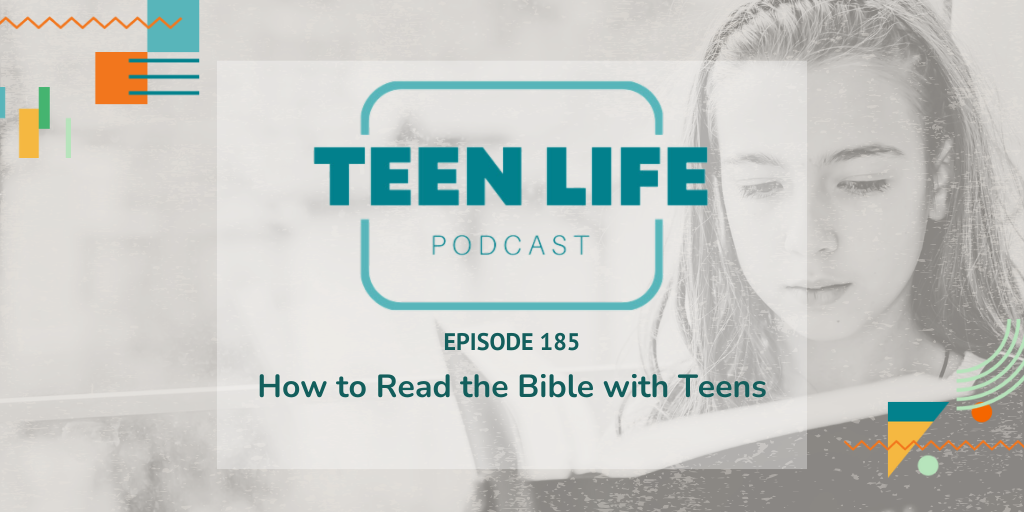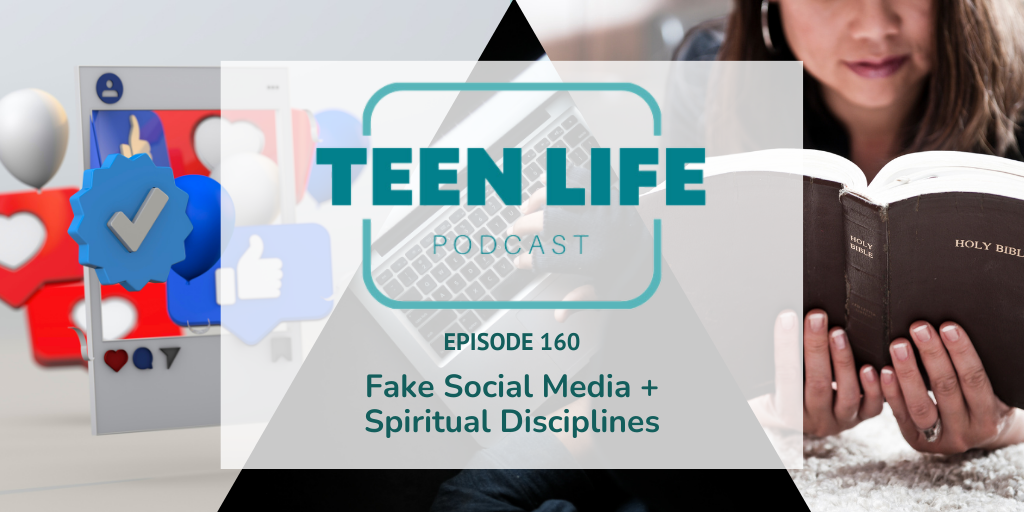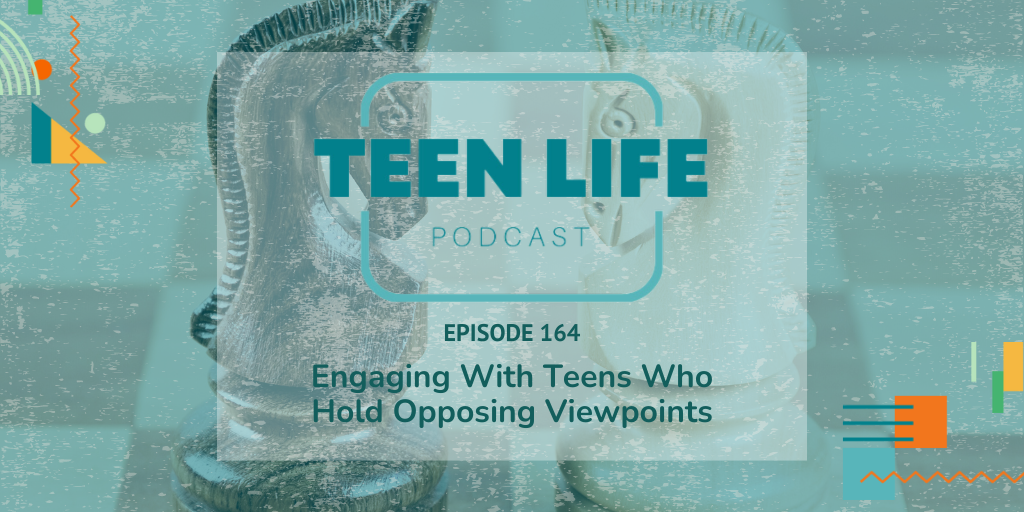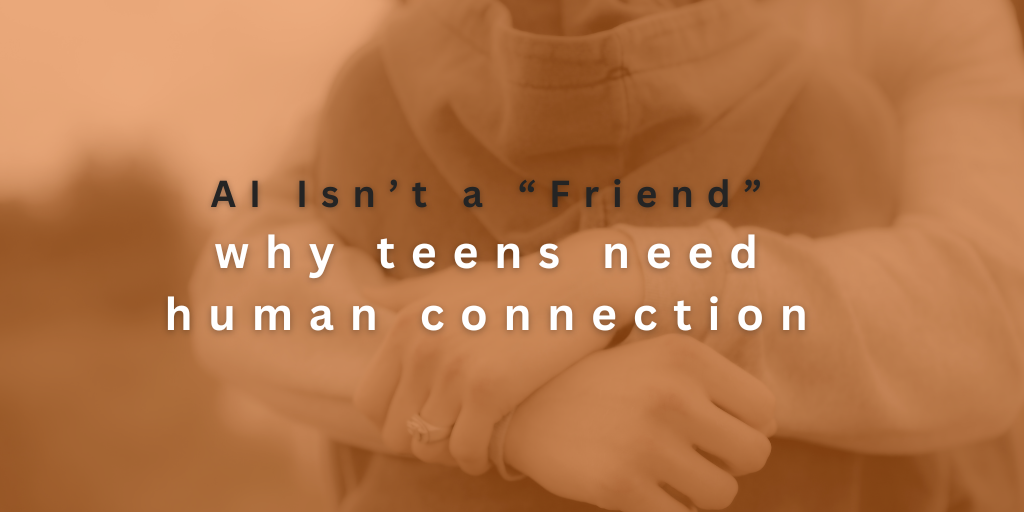Podcast: Play in new window | Download
Helping Teens Read the Bible in a Way That’s Real and Relevant
For many teenagers, the Bible feels confusing, boring, or even overwhelming. Let’s be honest—many adults feel the same way. Between different translations, cultural distance, and the weight of expectations, it’s no wonder that most teens lack the confidence to open the Bible on their own.
But what if the problem isn’t the Bible itself, but how we approach it?
In his book How We Read the Bible, Matt Laidlaw suggests that we need to help young people experience a broader, more generous perspective of Scripture. He uses the analogy of a world map centered on Antarctica—suddenly everything looks foreign and distorted, even though it’s the same world. In the same way, we risk confusing our limited view of Scripture with the fullness of what it really is.
Instead of asking only “What’s in the Bible?” Laidlaw challenges us to ask, “How should we read the Bible?”
Key Question
How can we help teens read the Bible in a way that’s both real and relevant?
What We Cover
00:00 Engaging Teens with the Bible
03:57 Shifting Perspectives on Bible Reading
07:58 Understanding the Bible as a Living Document
12:01 The Importance of Context and Questions
16:06 Encouraging Exploration and Doubt
20:11 Practical Tips for Bible Engagement
Perspective Shift
In his book How We Read the Bible, Matt Laidlaw challenges us to rethink how we approach Scripture with young people. He reminds us, “Our students need us to help them experience a broad and generous perspective of the Bible.” Too often, we narrow the Bible down to one lens, one tradition, or one interpretive style—and then expect teens to thrive within that small framework.
Laidlaw uses a striking analogy: imagine looking at a world map that’s centered on Antarctica. Suddenly, all the continents look distorted and foreign. It feels unfamiliar, almost like another planet. Yet it’s the same world—just viewed from a different perspective. In the same way, when we hold too tightly to our single view of Scripture, we risk confusing our limited point on the map for the entire picture.
This shift calls us to move beyond simply asking, “What is in the Bible?” and instead ask, “How should we read it?”
Helping teens read the Bible isn’t just about giving them answers or pointing out passages. It’s about guiding them to see Scripture from multiple perspectives—historical, cultural, literary, personal, and communal—so they can encounter God in ways that are both real and relevant.
A Book to Read
For many teens, the Bible feels intimidating.
They wonder: Where do I start? Am I reading it the right way?
The first step is to remind them that the Bible is, at its core, a book worth opening and exploring. Encourage curiosity. Help them see the story unfolding in real people, places, and experiences rather than just treating it like a textbook.
Commands to Obey
Teens today live under historically high expectations, but often with very little adult support.
When they approach Scripture, they don’t need one more voice yelling “Do better!”
Instead, they need safe spaces to wrestle with what God is asking of them—while being reminded of this truth: God loves us just as we are, but loves us too much to leave us that way. Don’t water down what the Bible says, but don’t let them struggle alone either.
A Land to Experience
The Bible isn’t a theory.
It’s rooted in real geography, history, and human experience.
Encourage teens to see the places, people, and cultural context behind the text. This helps them recognize the Bible as a living story—not a disconnected rulebook.
A Way to Live
Teens today aren’t just asking, “Is it true?” They’re also asking, “Does it work?”
They want to know whether following Jesus actually makes a difference. That’s why it’s so important for adults to model what it looks like to live out Scripture—not as a burden, but as an invitation to life that is bigger and better than they can imagine.
A Story to Engage
If we reduce the Bible to lists and lessons, we miss the depth of its story.
Invite teens to find themselves within God’s bigger narrative. Encourage them to ask: Where is God in this story? What do I learn about His character here? Even in the passages that don’t directly “apply” to their lives, there is always something to discover about who God is.
A Story to Engage & A Wrestling Match
Research from Fuller Youth Institute found that while 7 in 10 high schoolers struggle with doubts, only 1 or 2 ever have meaningful conversations about them.
That means most teens are wrestling alone.
We need to normalize questions and model how to bring doubts to God. Scripture is strong enough to handle tough questions. God is big enough to meet teens in their pain, struggles, and uncertainty.
A Prayer Book
Finally, the Bible is not only something to study—it’s something to pray.
When we let Scripture shape our prayers and worship, it moves from being mere information to a life-shaping experience. This is one of the most effective ways to help teens encounter God personally.
TL Tips and Takeaways
Try a new translation
(Like The Message) or listen to the Bible as audio. Fresh language and format can make Scripture come alive.
Read with teens.
Pick a plan, follow a podcast (like Bible Recap), or simply ask, “What stood out to you today?”
Replace some routine prayers
(Like before meals or bedtime) with Scripture passages, especially Psalms.
Use the Socratic Method
For a challenge, spend time responding to their questions with more questions, rather than quick answers. This teaches them how to wrestle with Scripture.
Some Last Thoughts
To suggest that there is only one simple way to read the Bible risks stripping it of its richness. Instead, we can invite teens on an adventure of discovery—where preconceived ideas give way to new ways of seeing God’s story.
As adults who care about the next generation, we have the opportunity to walk alongside teens as they open the Bible, ask questions, and encounter God in real and relevant ways.
Links & Resources:
- How We Read the Bible: 8 Ways to Engage the Bible With Our Students by Matthew Laidlaw
- Bible Recap by Tara-Leigh Cobble
- Sing by Worship Initiative
- The Story Bible
- YouVersion Bible App
- Jesus Calling by Sarah Young
Read Episode Transcript
Tobin Hodges (00:08.313):
How can we help teens read the Bible in a way that’s both real and relevant? I don’t know about you guys, but there are many teens who find the Bible confusing or boring—and many adults do as well. When I was a teen, there was a time when I was told I had to have my Bible, the one version we were allowed to read.
Tobin Hodges (00:30.897):
And then I had to have my study guide and my journal that went with it, because you couldn’t write in your Bible—that was considered sacrilegious at the time. It felt like you needed a whole bag of stuff, and maybe even a Bible degree, just to understand half of what you were reading.
Today Caleb is sharing from a book by Matt Laidlaw, How We Read the Bible. It offers ways to make Scripture more accessible for teens—and maybe for us as adults too. Caleb, why don’t you get us started?
Caleb Hatchett (01:12.915):
Yeah. So this book is published by Fuller Youth Institute. Laidlaw, a student pastor, shares his journey and outlines “eight ways to engage the Bible with our students.”
For me, it came at a time when the Bible had become a textbook. I grew up in Christian schools all the way through college, and I was always reading Scripture to prepare lessons or assignments. It became surgical and impersonal, rather than practical or life-giving.
Laidlaw begins by challenging us to broaden our perspective. He quotes, “Our students need us to help them experience a broad and generous perspective of the Bible.” He uses the analogy of a map centered on Antarctica. At first glance, it doesn’t look like the Earth—it feels like another planet. But once you realize it’s the same map, just viewed differently, it changes your perspective.
He warns us not to confuse our personal view of the Bible for the entire picture. Too often, youth leaders push their limited perspective as the whole truth, when Scripture is far bigger than that. His challenge is to shift from asking “What’s in the Bible?” to “How should we read the Bible?”
[The conversation continues through the eight ways Laidlaw presents…]
A Book to Read – Teens find the Bible intimidating. Many don’t know where to start or if they’re “doing it right.” Sometimes we just need to encourage them to open it and read it like a story.
Commands to Obey – Today’s teens face high expectations but low adult support. They don’t need God to sound like another voice yelling “Do better!” They need support as they process what God asks of them.
A Land to Experience – Scripture is rooted in real people, places, and history. Encourage teens to explore maps, context, and culture to make the Bible more real.
A Way to Live – Teens don’t just ask, “Is it true?” They ask, “Does it work?” They want to know if faith makes a difference. Adults need to model a life shaped by Scripture.
A Story to Engage – The Bible isn’t just lessons or lists—it’s a grand story. Help teens locate themselves in God’s bigger narrative, and discover what each passage reveals about God’s character.
Questions to Ask & A Wrestling Match – Research shows most teens struggle with doubts, but few ever talk about them. We need to normalize questions and let them see that God is big enough for their doubts.
A Prayer Book – Scripture is not just for study but also for prayer. Using the Bible to shape prayer and worship helps teens experience God personally.
Karlie Duke (23:47.407):
As always, subscribe on YouTube or wherever you listen to podcasts. We’re almost done with this season, but we’re already gathering questions for the spring. If you have a topic you’d like us to cover, reach out on social media or email us at podcast@teenlife.ngo
. We’ll see you next week!

Karlie Duke
Communications Director

Tobin Hodges
Program Director

Caleb Hatchett
Podcast Host
Karlie Duke | Director of Communications
Karlie has always had a heart for teenagers. Through her role at Teen Life, she loves to showcase the amazing stories coming out of Support Groups, but she is especially passionate about helping adults and teenagers find connection. Karlie has a BS in Communications with a minor in Family Studies from Abilene Christian University.
Caleb Hatchett | Podcast Co-Host
Caleb loves helping teenagers take ownership of their faith and relationships. He graduated from Abilene Christian University with a degree in Youth and Family Ministry and is currently Student Ministry Director at Jenks Church in Oklahoma.
Tobin Hodges | Program Director
Tobin’s entire career has been centered around students and teens from all walks of life. He has a passion for helping teens be their best selves. As Program Director, he loves working directly with school staff and students through Teen Life Support Groups. Tobin has a Bachelor’s Degree in Music from Texas Tech University.












